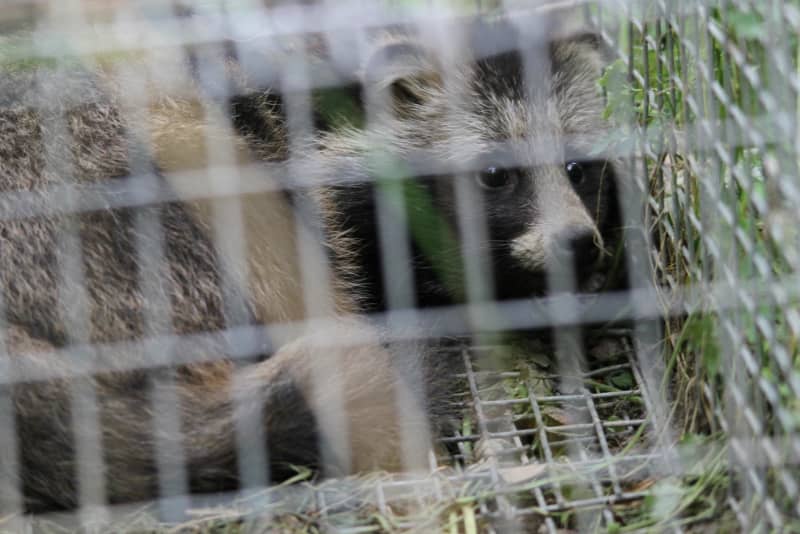
The goal of the Helmi project is to protect more than 70 valuable water bodies for birds from foreign predators.
On the coasts of Ostrobothnia and Central Ostrobothnia, raccoons and minks have been hunted since autumn. Hunting is part of the Helmi non-native predator project managed by Metsähallitus and Riistakeskus, which aims to remove non-native predators harmful to birds from more than 70 bird waters.
Alien beasts are one of the reasons for the poor waterfowl yield and also for the reduced nesting success of other birds.
Minks and raccoons have been caught with traps and irons in Maalahti’s Petolahti, Mustasaari’s Vassorfjärden, Uudessakaarlepyy, Kruunupy’s Hällörsfjärden, Kokkola’s Rummelö-Harrbåda, Laajalahti, Marinkaisten and Karhi beach areas, Maakannuskarin-Viirretjokisuu and Kalajoki beach areas.
By the end of October, more than 150 raccoons and more than 50 minks had been caught in the coastal Ostrobothnia region.
In Finland, 3,500 alien predators have been reduced this year with the help of the project. The amount obtained was three times larger than in previous years.
– It’s not worth looking at the amount of catch, but at how much is left in nature, Hagström reminds.
Vierapetot’s position is focused on southern Finland
Supikoira and mink stocks are concentrated in southern Finland, where the catch has been several hundreds.
Also in the coastal Ostrobothnia region, the largest catch amounts have been obtained from the southern parts of Ostrobothnia, the smallest from the northern parts of Central Ostrobothnia.
Hunting on the coast of Ostrobothnia is coordinated by the Metsähallitus and carried out by local hunting clubs. Hagström is satisfied that there is enthusiasm for catching foreign beasts.
– Now that the population is small, they should be caught before it explodes.
Which one is the bigger threat to the birds; mink or poodle? If there were many more of each, then according to Hagström, the mink would be a bigger beast.
– A mink kills if it gets into a bird’s nest, but it also swims and dives, so the mussels and fish in the streams are also in danger. It does a lot of damage, but at the moment we seem to have fewer minks than raccoons. That’s why the poodle does more harm.
Catching with traps and gear
The request is carried out every year from August to the end of April. Catching is suspended for the nesting season, even if it can be continued within the framework of the law.
– The male of the Supiko dogs stays to watch over the chicks while the mother goes to look for food. If the mother were caught, then the chicks would be left without milk. That’s why we don’t want to remove the dams then, explains Hagström.
Fishing in winter has its own challenges.
– When it is very cold and there is a lot of snow, the raccoon does not move, but is under the ground and barns or buildings. When there is a positive wind, they start moving.
When catching non-native animals, live traps are primarily used for wolverine and instant-kill traps for mink. However, the most effective form of trapping is arresting dogs, which are used together with snares and game cameras. Pit dogs are also caught from caves with the help of cave dogs.
We hope to continue the project after next year as well
The project will end at the end of 2023. Next year’s goal is to carry out intensive attacks in every area before the birds’ nesting time, in order to reduce the population of alien animals as small as possible.
Even if the project ends, the traps, cameras and other equipment will remain for use by the game management associations.
– But how does that hunting passion stay alive? The stock is now small, but it is there nonetheless.
Hagström hopes that the project will be able to continue even after next year.
– Let’s hope that both the next parliament and the government will understand the importance of the project and that the bird waters would be considered good. As the name says, it is an alien species. They are not part of our nature.
